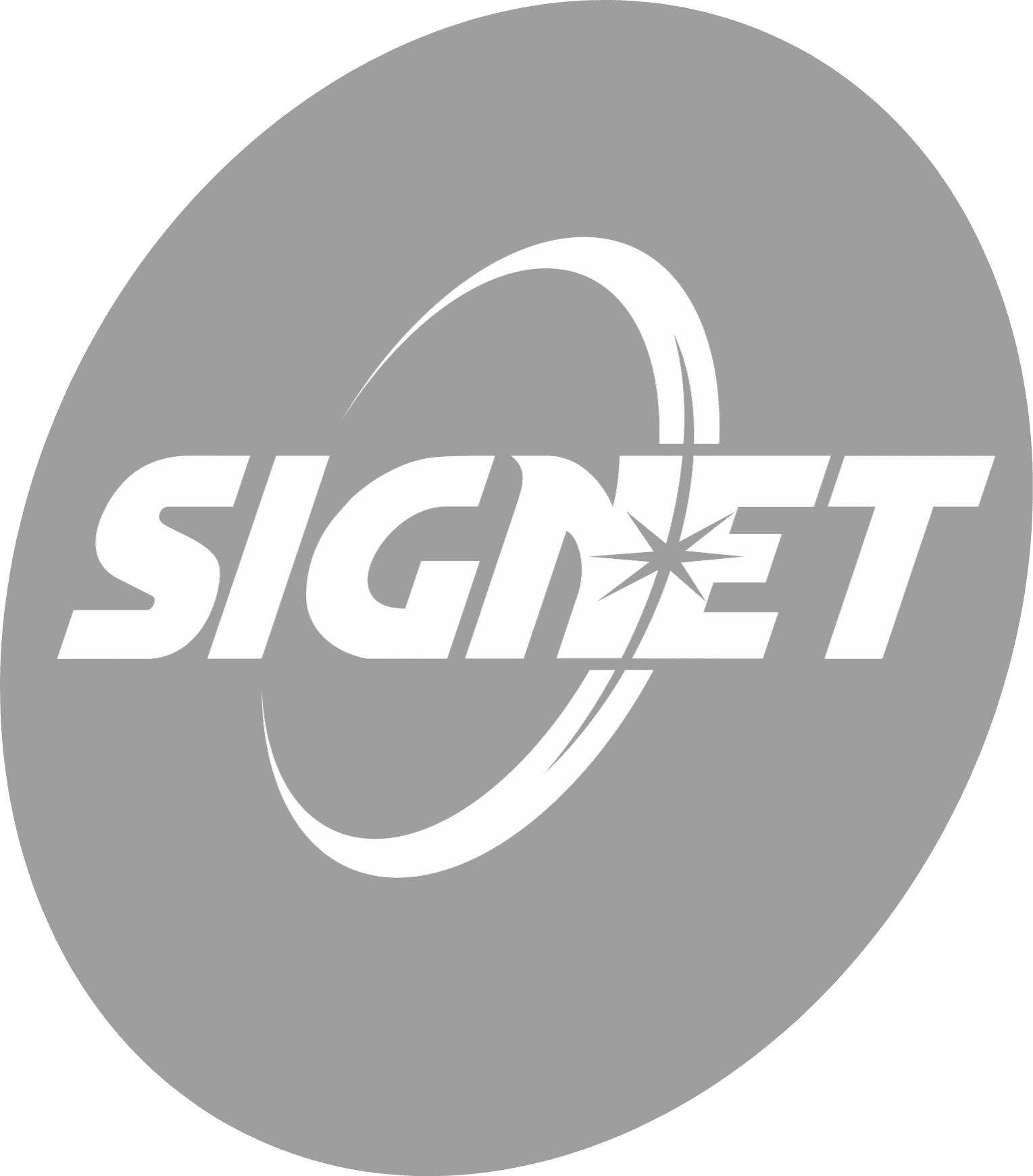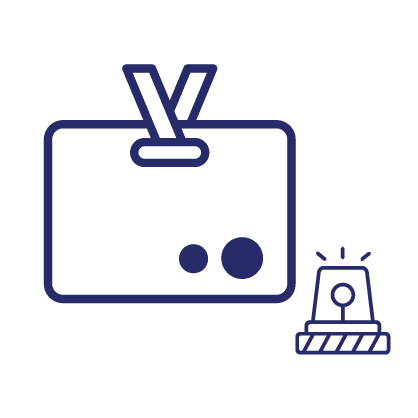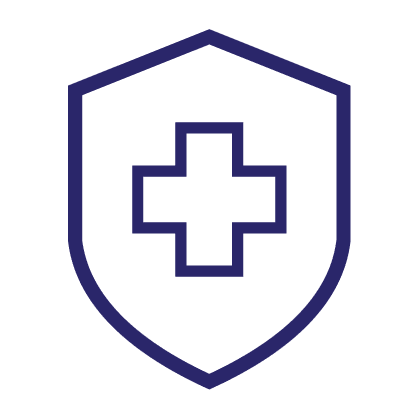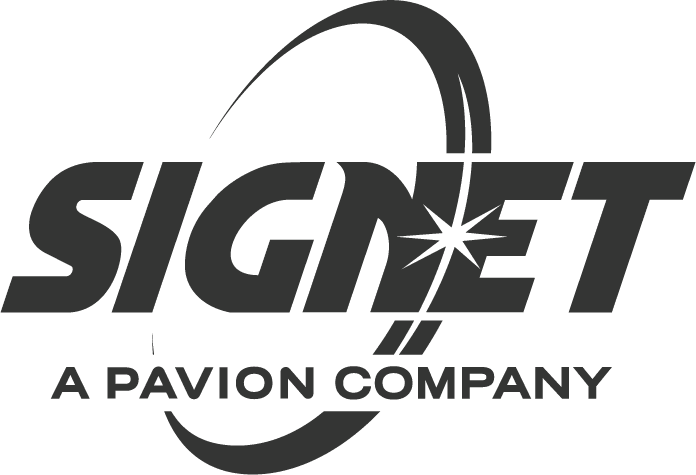Staff Duress Proactive Alerting and Response:
Systems that help Ensure Safety in Healthcare
September 2023
In a healthcare facility one of the most essential security measures is a robust staff duress solution. This need stems from the ever-present risks that healthcare professionals face while providing care and support. In this article, we provide an overview of staff duress systems, shedding light on the critical reasons why such systems are needed to address the unique safety concerns of healthcare staff. We’ll also explore two distinct types of staff duress solutions: Fixed Location and Mobile/Real-Time Location Systems (RTLS), each designed to tackle these challenges head-on.

Fixed Location Duress Solutions
Fixed location duress solutions are strategically installed in specific areas of a healthcare facility where staff members may encounter heightened risks. These systems typically consist of panic buttons or alarm triggers placed at nurses’ stations, reception desks, or other high-traffic areas. Here’s how they work: Immediate Alerting: When a staff member encounters an emergency or feels threatened, they can discreetly press the panic button. This action sends an immediate alert to designated personnel, such as security or management. Location Identification: Fixed duress solutions can pinpoint the exact location of the emergency, allowing responders to reach the scene swiftly. Two-Way Communication: Some systems offer two-way communication, enabling staff members to provide critical information about the situation, such as the type of emergency or the number of individuals involved.
Mobile/Real-Time Location Systems (RTLS)
Mobile duress solutions take safety a step further by providing staff members with wearable or mobile devices that integrate with real-time location tracking. Here’s how these systems enhance safety: Wearable Devices: Staff members can wear duress devices such as badges, wristbands, or pendants. These devices include buttons for triggering alerts. Location Tracking: RTLS technology enables continuous location tracking of staff members within the facility. This information helps responders locate the individual in distress quickly. Geofencing: RTLS can establish geofences or safe zones. If a staff member enters a restricted area or leaves the premises unexpectedly, an alert is generated. Integration with Other Systems: Mobile duress solutions can integrate with existing security systems and communication networks, streamlining emergency responses.
Benefits of Staff Duress Solutions
Rapid Response: Both fixed and mobile duress solutions ensure a rapid response to emergencies, potentially preventing escalation. Enhanced Staff Confidence: Knowing that help is just a button press away boosts staff confidence and promotes a sense of security. Location Accuracy: RTLS solutions provide precise location data, making it easier for responders to find staff members in distress. Reduced False Alarms: These systems are designed to minimize false alarms, ensuring that responders prioritize genuine emergencies. Compliance and Reporting: Staff duress solutions offer comprehensive reporting, allowing healthcare facilities to assess their safety protocols and compliance. Adaptability: These systems can be tailored to the unique needs and risks of each healthcare facility.Schedule a
Discovery Call
Today!

